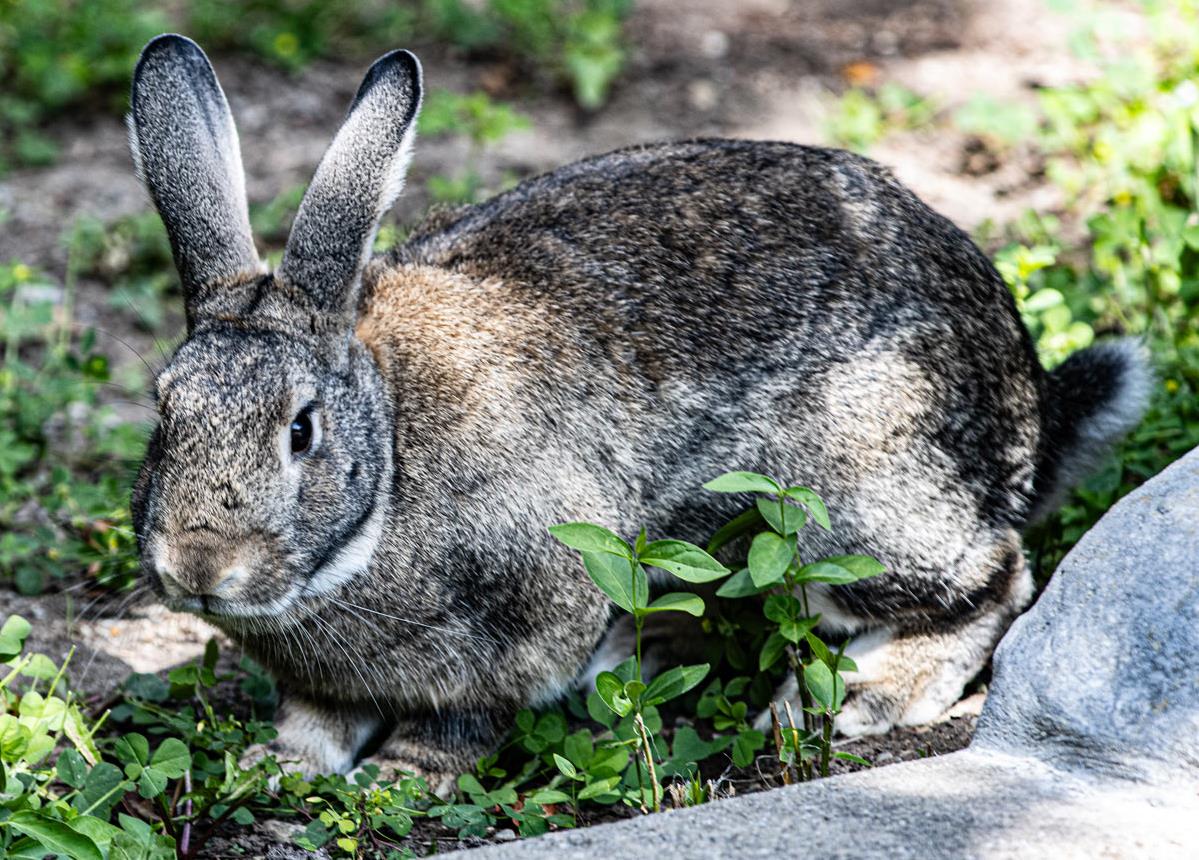❄️ Off for the Season


Location at the Zoo
Kids Zoo
Global Range
Worldwide except Antarctica
Rabbit
Oryctolagus cuniculus
Rabbits are small mammals characterized by their long ears, powerful hind legs, and fluffy tails. They have soft fur that can vary in color and pattern depending on the breed. Rabbits are known for their agility and speed, as well as their tendency to burrow and hop.
Conservation Status: IUCN

Distribution
European wild rabbits are native to southwestern Europe and northwest Africa, while domesticated rabbits are found worldwide as pets and in captive settings.
Habitat
European wild rabbits inhabit a variety of habitats, including grasslands, meadows, scrublands, and woodlands. They are most commonly found in areas with dense vegetation and suitable burrowing sites. Domesticated rabbits are typically kept in cages or hutches but require space for exercise and enrichment.
Diet
Rabbits are herbivores with a diet primarily consisting of grasses, hay, leafy greens, and vegetables. They have a specialized digestive system that allows them to efficiently digest fibrous plant material.
Reproduction
Rabbits are prolific breeders with a short gestation period of about 28-31 days. A female rabbit (doe) can produce multiple litters of offspring (kits) each year, with litter sizes typically ranging from 4 to 12 kits. Kits are born blind, hairless, and dependent on their mother for care.
Adaptation
Rabbits have several adaptations that aid in their survival, including keen senses of hearing and smell to detect predators, powerful hind legs for rapid escape, and a well-developed digging instinct for creating burrows as shelter.
Threats to Survival
European wild rabbits face threats from habitat loss and fragmentation, predation by introduced species such as foxes and feral cats, as well as diseases such as myxomatosis and rabbit hemorrhagic disease. Domesticated rabbits may face health issues related to improper diet, lack of exercise, and inadequate housing.












